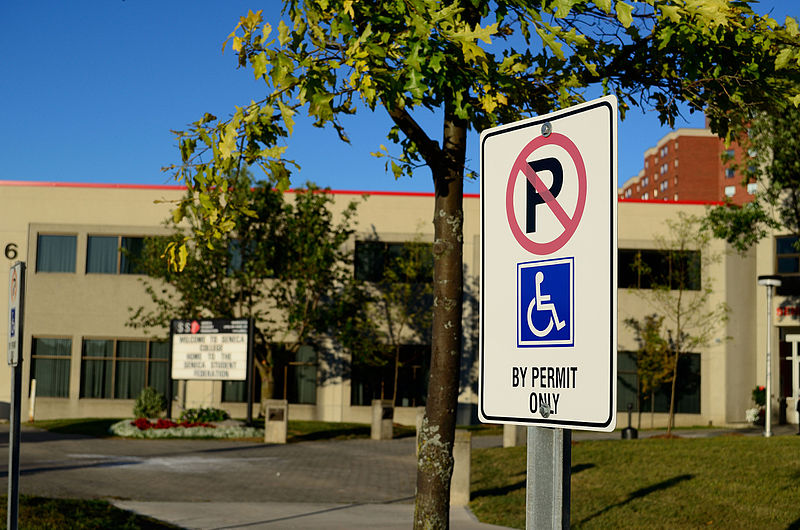Julie Entwistle, MBA, BHSc (OT), BSc (Health / Gerontology)
Originally posted May 4, 2014
It was a life-changing experience. I was 19 and essentially never stopped. I had goals, drive, energy, and big plans for my future. I was a varsity athlete, had three jobs, was a full time university student, owned a student house, and had bought myself a dog. Knowing I wanted to work in healthcare, and after strongly connecting to some school courses in death and dying, I decided to pursue a volunteering opportunity at the local Hospice Society. This required a comprehensive training program followed by placement in the home of someone who had a terminal disease. My first (and only) placement was with a mom, age 37, who was dying of cancer. She had a 7 year old daughter and a husband who was also ill. I would attend their home once a week to spend time with the daughter, help to prepare meals, and would even assist with running errands and groceries. I provided emotional support and mentoring to a scared little girl, and was an extra set of hands for a dad and desperate husband. I was fortunate enough to be involved with the family for many years as the mother passed about a month after my wedding – four years after I met them. My husband and I tried to stay in touch with the daughter following, but dad really struggled and eventually his phone was disconnected.
The impact of this experience on me personally was huge. The things my parents had been telling me were true: “stop to smell the roses”, “don’t sweat the small stuff”, “make sure you have fun too”…I was intense and driven to the point of missing it. My experience in Hospice changed my outlook, my appreciation for my health, family and all those blessings that we take for granted daily.
Recognizing it is National Hospice Palliative Care Week, I wanted to showcase the role of Occupational Therapy in this challenging but rewarding field. To do this, I reached out to a colleague who has spent many years practicing occupational therapy in palliative care settings. Her reflections are as follows:
What I have learned is that Palliative Care is not particularly a specific intervention but rather a perspective of care that can be provided in a multitude of settings where end of life is faced such as our homes, hospitals, hospices or long term care facilities.
The Canadian Hospice Palliative Care Association defines End-of-life care as aiming to relieve suffering and improve the quality of living while dying for persons diagnosed with an advanced or terminal illness or who are bereaved.
Who defines how the client is suffering (physically, emotionally, spiritually) or that what we as healthcare providers do is indeed improving quality of living while dying? In a truly client centered approach, it is the client or their substitute decision maker that determines this. A collaborative interprofessional team has the potential to honour the client’s hopes and decisions in an identified plan of care.
The Canadian Association of Occupational Therapists identifies various interventions in palliative care, based upon clinical setting, that the therapist can provide including addressing activities of daily living (ADLs), psychological and emotional issues (including stress and anxiety), exercise programs, splinting and positioning, energy conservation, relaxation techniques, seating and mobility, comfort, adaptive and assistive equipment, support and education for the family caregivers, connecting the client with community services and supports, and conducting home assessments.
What this can look like is, for example, providing mobility devices such as a walker or wheelchair to address declining physical abilities while maintaining engagement with family in a safe manner. Considerations also include provision of therapeutic surfaces whether on a bed, wheelchair or favourite recliner to help reduce the development of pressure ulcers once time spent sitting or lying in bed increases. It can be planning and preparing with the client and the team to assist the client attend a final function such as a family wedding where comfort, endurance and being relatively symptom free are the goals.
Ultimately, as roles in life are challenged due to losses with life limiting illnesses, the Occupational Therapist attempts to facilitate meaningful engagement that reflects a client’s goals in a dignified manner.
Carla Floriani, OT Reg Ont
I want to thank Carla for providing this insight and for guest-blogging on our site. Personally, I miss my volunteer work in Hospice but know that this is something I will eventually return to as it impacted me in a way I have not forgotten. The harsh reality is that life is a terminal disease – but we should not need to be given a deadline to act that way.





